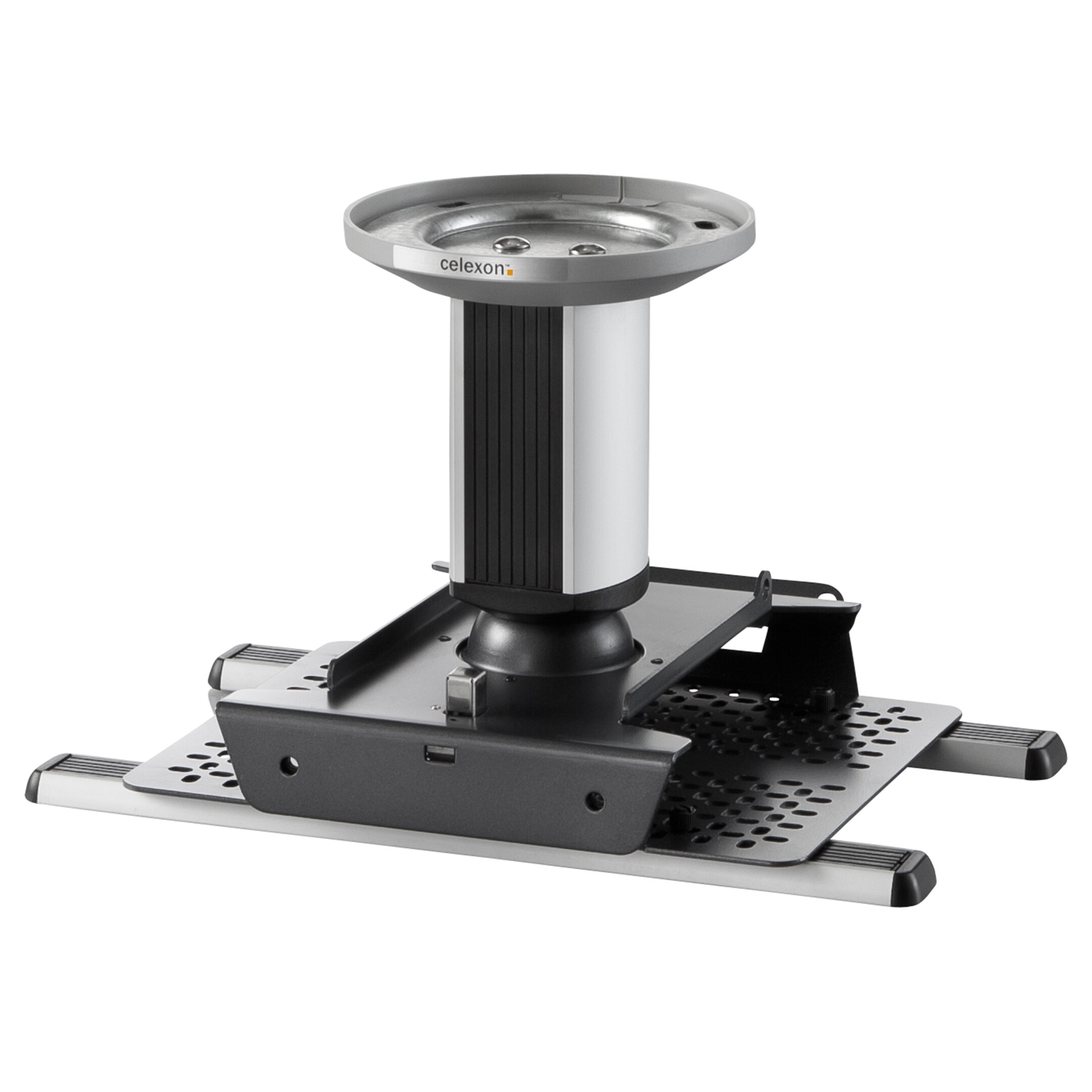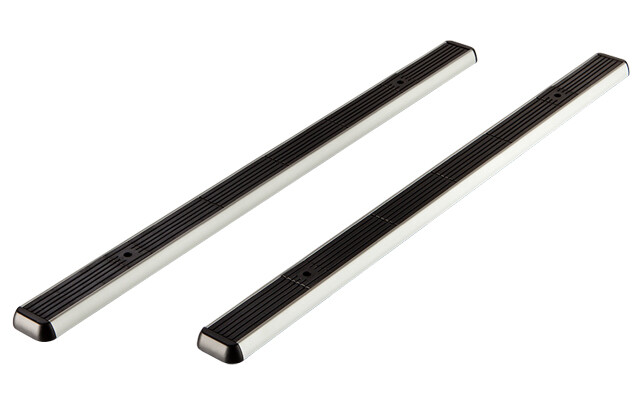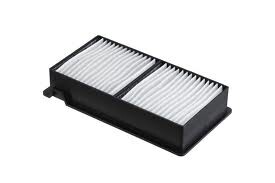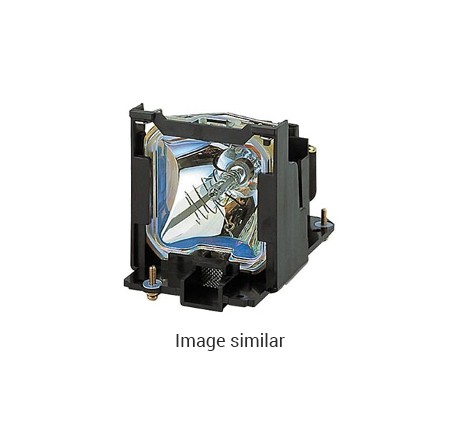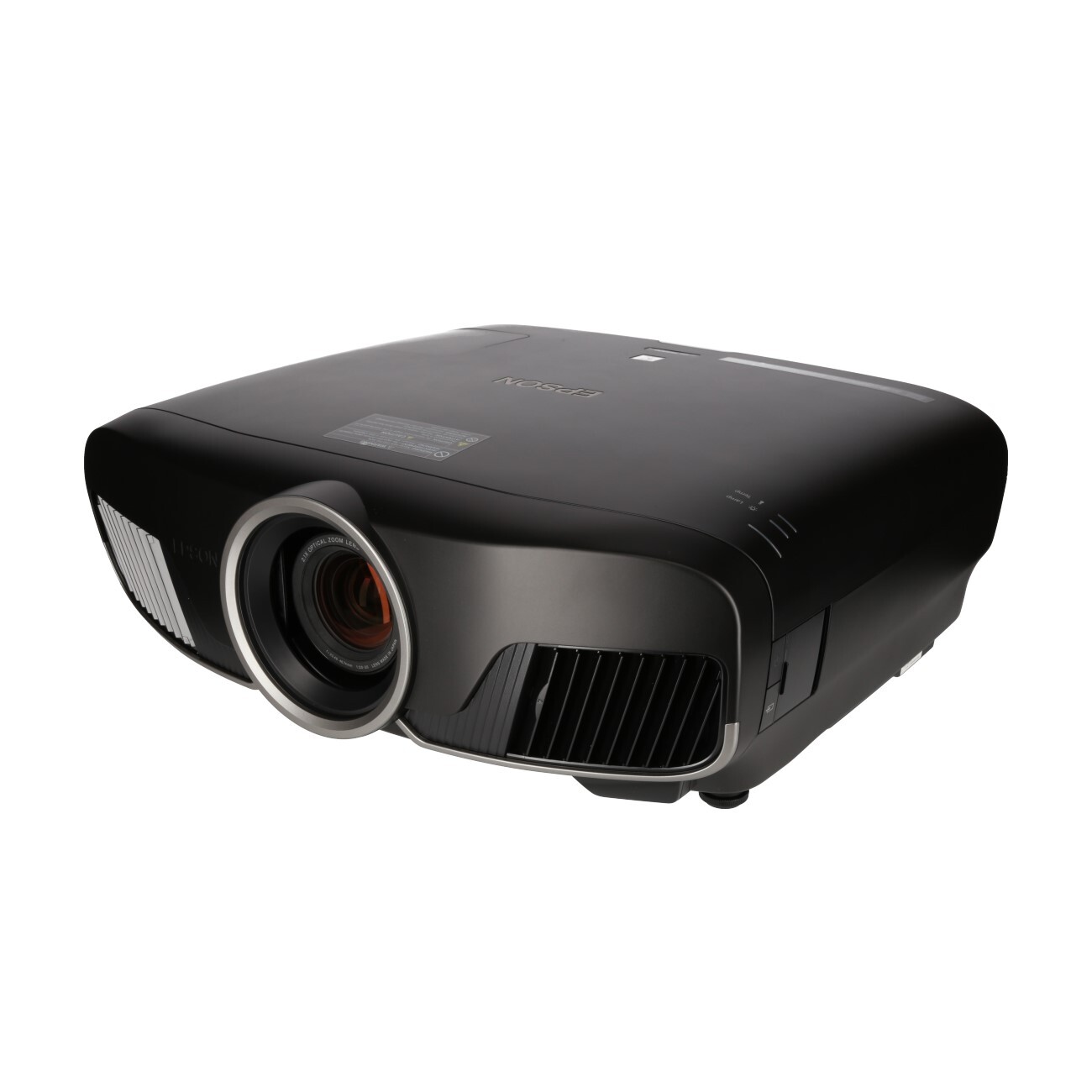























































No longer available
Product number: 1161277
- Resolution 1920 x 1080 Full HD
- Aspect Ratio 16:9
- Operating noise 24 dB


visunext Services
Frequently purchased together
Product information
Amazing picture quality for the ultimate home cinema experience
Film fanatics will revel in this powerful projector’s impressive display. A combination of high-end technologies come together to deliver exceptional image quality with a high 1,000,000:1 dynamic contrast ratio, 4K-enhancement, 3LCD technology, UHD BD and HDR support. And with motorised optics, it's easy to achieve perfectly aligned images with the minimum of fuss.
Enjoy the ultimate picture qualityGet ready to have a true cinematic experience at home with this 4K-enhanced projector, which offers Full HD, UHD BD and HDR support. Its exceptionally high contrast ratio of 1,000,000:1, delivers incredible definition and the deepest blacks, so that you can see the most intricate details in every picture. Colours are also rich and vivid thanks to Epson’s 3LCD technology which emit an equally high White and Colour Light Output of 2,500 lumens. Fast moving images are also taken care of with frame interpolation and Detail Enhancement creating sharp, smooth and flowing images.Watch your favourite movies as the director intendedIt’s easy to watch films in the right aspect ratio; just store your ten favourite formats for selection at any time at the touch of a button. Its professional ISF calibration tools can be used for further control over the individual settings.
Ultimate positioning flexibility for any environment and features that provide a true cinema experience at homeLooking for the ultimate flexibility when it comes to installation? Ours is quick and simple thanks to a premium optical zoom ratio, and lens shift capabilities up to ±96.3 percent on the vertical axis and up to ±47.1 percent on the horizontal axis. What’s more, the motorised zoom, focus and lens shift can store up to 10 different positions, letting you easily switch between different aspect ratios at the touch of a button. The high-quality optical zoom makes it possible to use shorter cables, keeping any possible signal degradation to a minimum. In addition, this projector can be calibrated to professional ISF standards for the perfect image.
Film fanatics will revel in this powerful projector’s impressive display. A combination of high-end technologies come together to deliver exceptional image quality with a high 1,000,000:1 dynamic contrast ratio, 4K-enhancement, 3LCD technology, UHD BD and HDR support. And with motorised optics, it's easy to achieve perfectly aligned images with the minimum of fuss.
Enjoy the ultimate picture qualityGet ready to have a true cinematic experience at home with this 4K-enhanced projector, which offers Full HD, UHD BD and HDR support. Its exceptionally high contrast ratio of 1,000,000:1, delivers incredible definition and the deepest blacks, so that you can see the most intricate details in every picture. Colours are also rich and vivid thanks to Epson’s 3LCD technology which emit an equally high White and Colour Light Output of 2,500 lumens. Fast moving images are also taken care of with frame interpolation and Detail Enhancement creating sharp, smooth and flowing images.Watch your favourite movies as the director intendedIt’s easy to watch films in the right aspect ratio; just store your ten favourite formats for selection at any time at the touch of a button. Its professional ISF calibration tools can be used for further control over the individual settings.
Ultimate positioning flexibility for any environment and features that provide a true cinema experience at homeLooking for the ultimate flexibility when it comes to installation? Ours is quick and simple thanks to a premium optical zoom ratio, and lens shift capabilities up to ±96.3 percent on the vertical axis and up to ±47.1 percent on the horizontal axis. What’s more, the motorised zoom, focus and lens shift can store up to 10 different positions, letting you easily switch between different aspect ratios at the touch of a button. The high-quality optical zoom makes it possible to use shorter cables, keeping any possible signal degradation to a minimum. In addition, this projector can be calibrated to professional ISF standards for the perfect image.
Technical data
| Name | Epson EH-TW9300 Projector, 1920 x 1080 Full HD, 2500 Lumen, without lens |
|---|---|
| Article number | 1161277 |
| GTIN/EAN | 8715946601960 |
| Manufacturer SKU | V11H710040 |
| Lamp life (ECO) | 5,000 Hour |
| Model name | EH-TW9300 |
| Brand | Epson |
| Product Type | Projector |
| Application | Home cinema projector |
| Projector Type | LCD |
| Technology | LCD |
| Projector lamp type | Lamp |
| Lamp code | ELPLP69 |
| ANSI Lumen | 2,500 ANSI Lumen |
| Resolution | 1920 x 1080 Full HD |
| Aspect Ratio | 16:9 |
| Contrast Ratio | 1,000,000 :1 |
| Operating noise | 24 dB |
| Operating noise - ECO | 20 dB |
| Lamp life | 3,500 Hour |
| Minimum Projection Distance | 300 cm |
| Maximum Projection Distance | 630 cm |
| Minimum Projection Ratio | 1.35 |
| Maximum Projection Ratio | 2.84 |
| Minimum Lens-Shift Horizontal | -47.1% |
| Maximum Lens-Shift Horizontal | 47.1% |
| Minimum Lens-Shift Vertical | -96.3% |
| Maximum Lens-Shift Vertical | 96.3% |
| Lens Zoom | 2.1 |
| Vertical Keystone | 30% |
| Inputs | 1x Ethernet , 1x RS232 , 1x USB-A , 1x VGA , 2x HDMI |
| wireless technology | WLAN optional |
| Features | Lens Shift , isf_isfcc |
| Product width | 52 cm |
| Product height | 17 cm |
| Product depth | 45 cm |
| Weight | 11 kg |
| Colour | Black |
| Condition | New |
| Warranty | 36 Month |
| Warranty type | Onsite Repair Service and support information |
Projection distance calculator
Need help finding the right beamer?
Contact our experts for help!
Contact our experts for help!
Distance:
- cm
Image size:
Wide
Height
Diagonal
min
cm
cm
″
max
cm
cm
″
Screen diagonal (″)
Width in cm
Height in cm
Format
Format
Distance
Format
Format
Product safety
| Person responsible for the EU |
|---|
| Epson Deutschland GmbH |
| Schiessstraße 49 |
| 40549 Düsseldorf |
| Germany |
| kontakt_de@epson.de |




